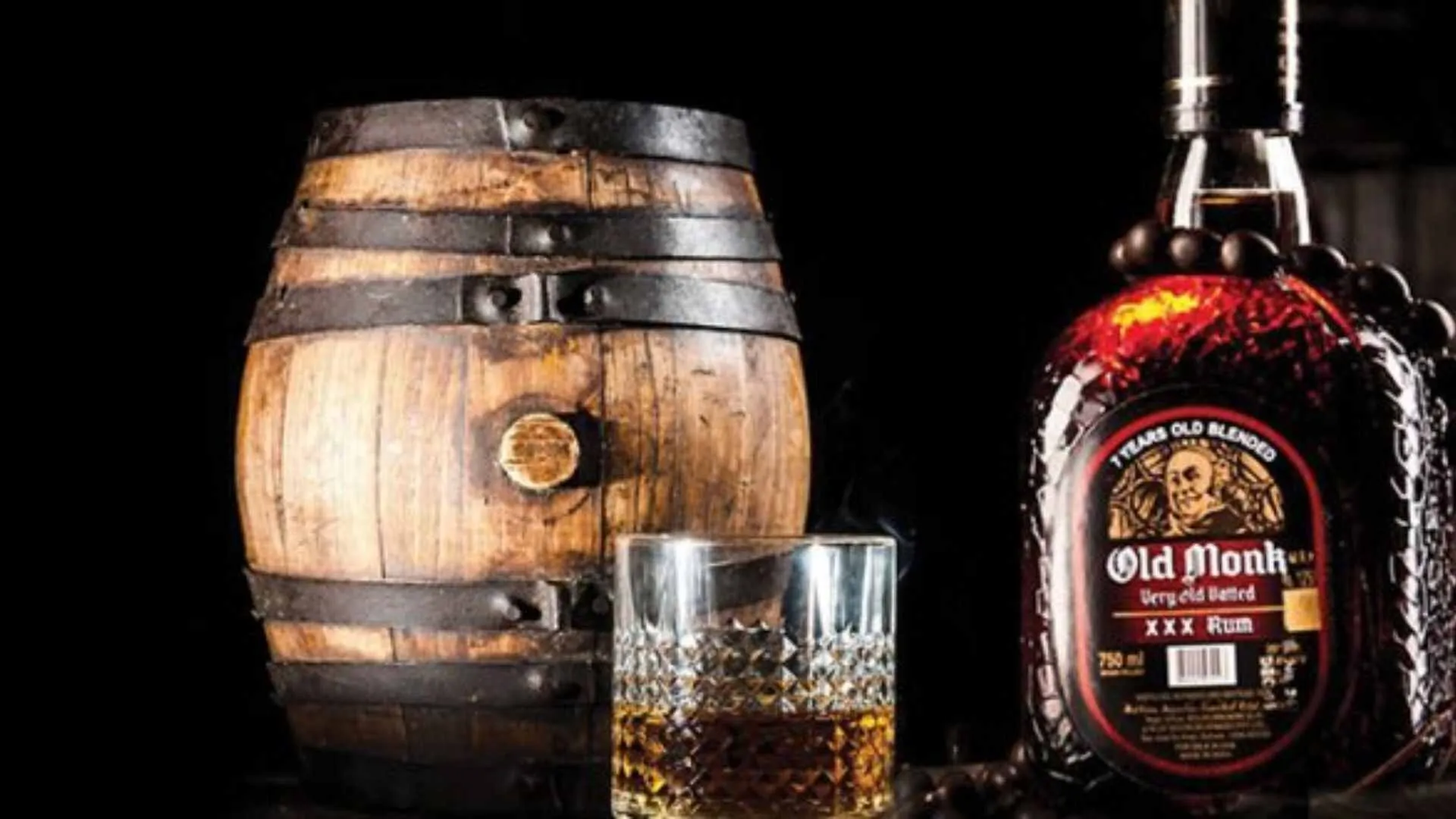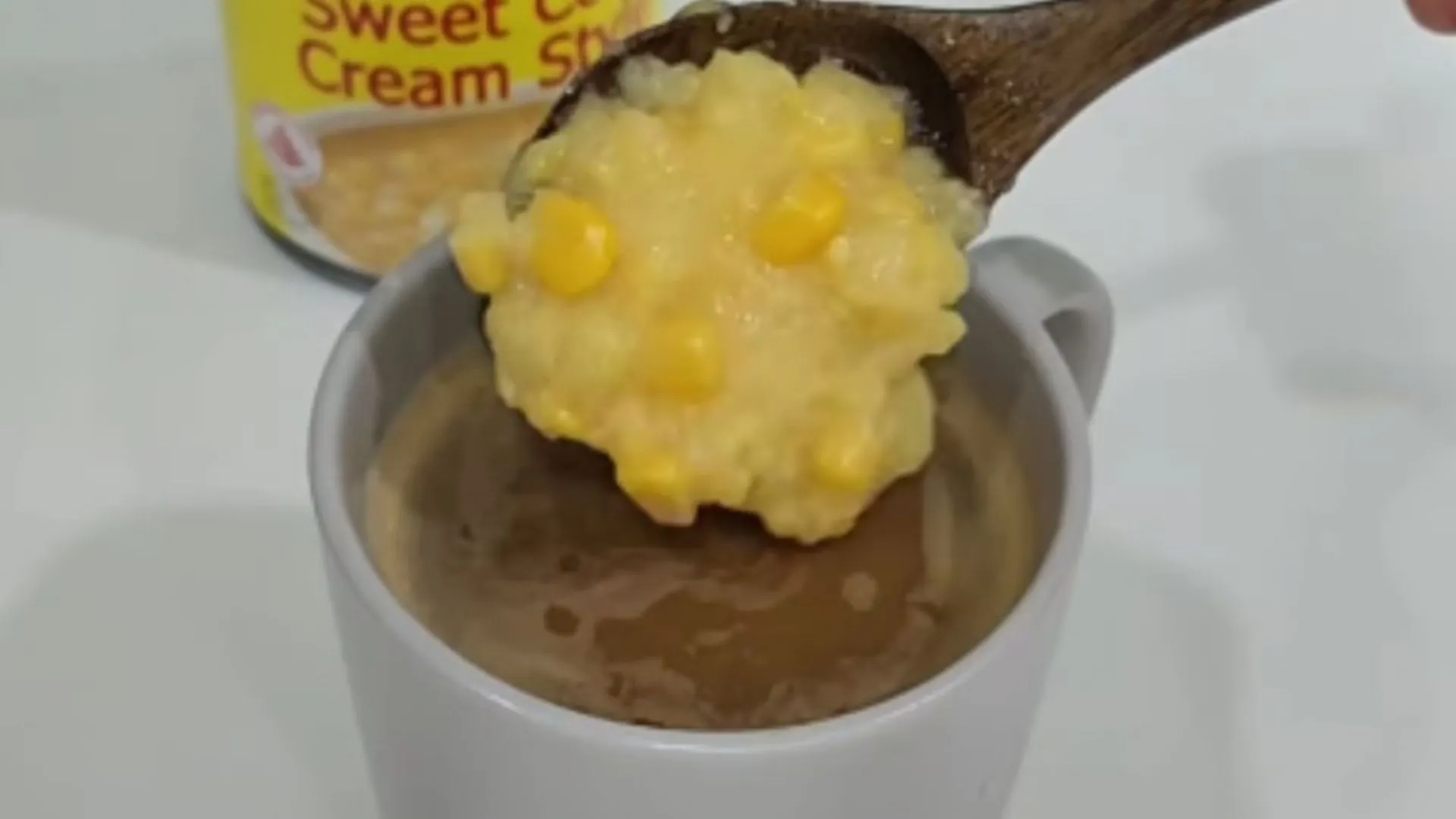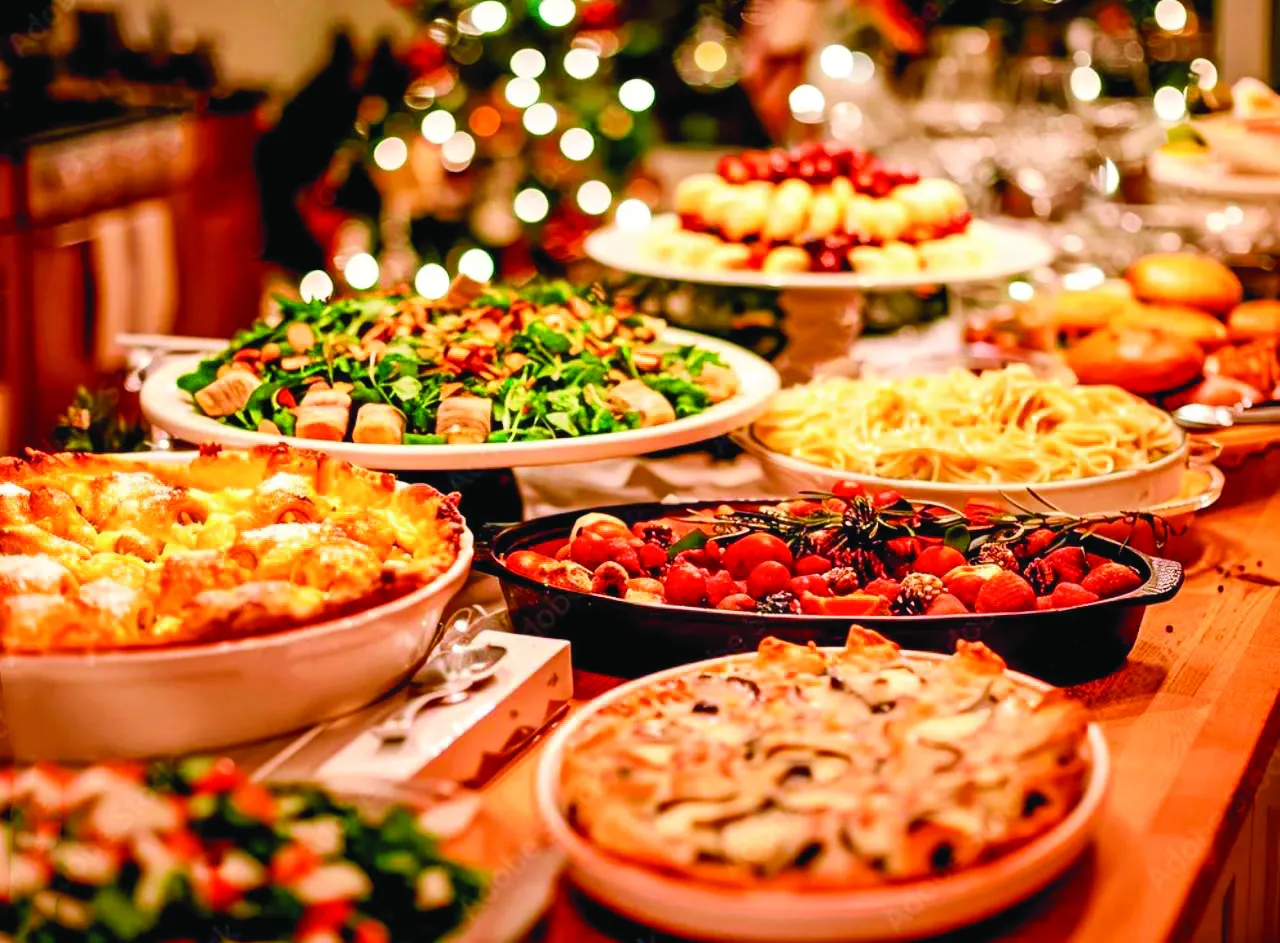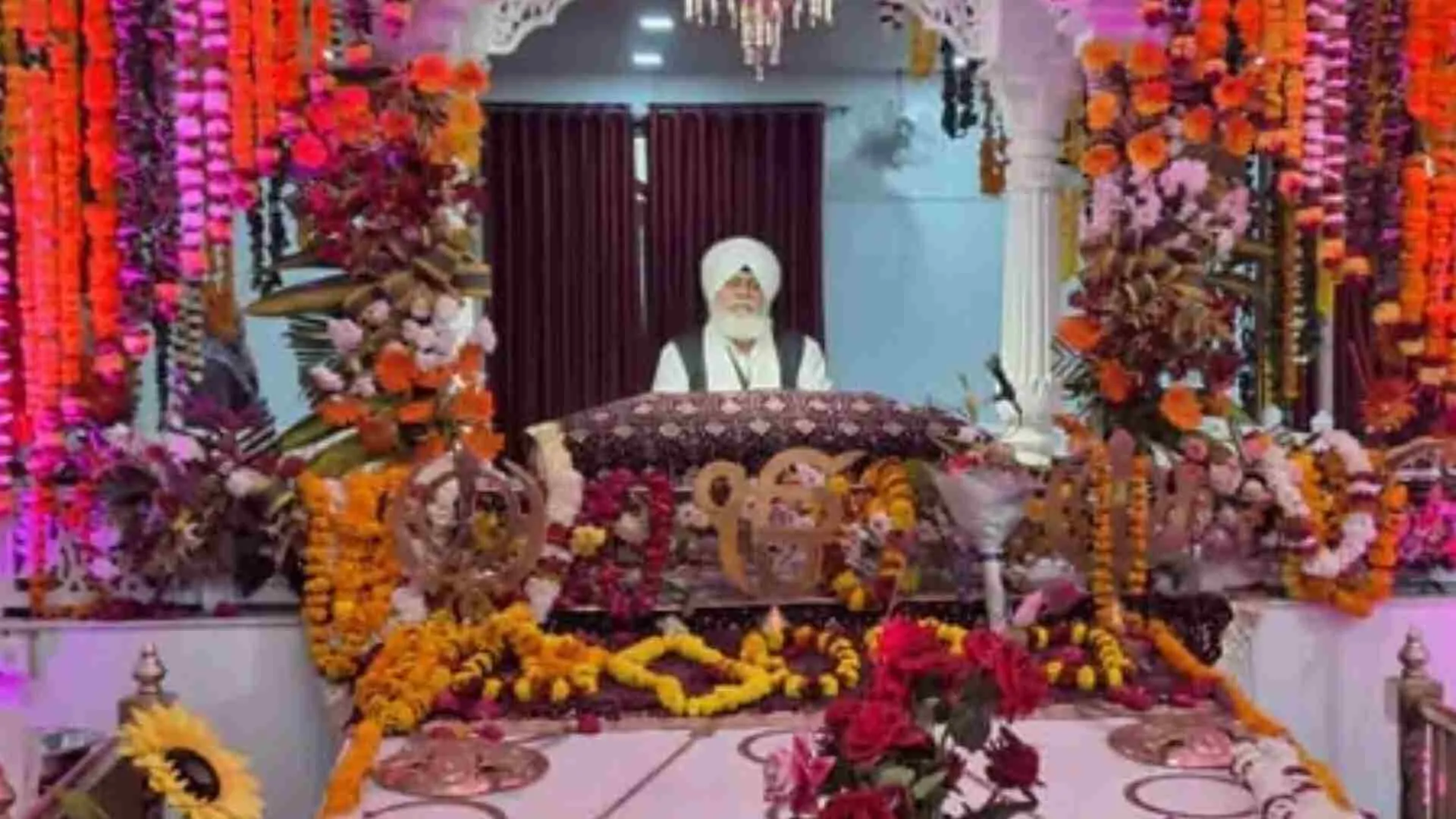In the vast and mysterious world of whiskey, one topic has continued to capture the imagination of enthusiasts and novices alike: the rivalry between Single Malt and Blended Scotch. This is not merely a debate about taste; it’s a clash of cultures, a testament to tradition, and a challenge to our preconceived notions about whiskey. As someone who has dedicated over three decades to the art of crafting exquisite spirits, I am often asked to weigh in on this debate. Today, let’s debunk the myths and explore the differences between Single Malt and Blended Scotch.
The Origin Story: Single Malt
Single Malt Scotch whiskey is often hailed as the epitome of whiskey craftsmanship. It’s produced in a single distillery using 100% malted barley and distilled in pot stills. The resulting spirit is then aged for a minimum of three years in oak barrels. The heart and soul of a distillery are poured into every bottle of Single Malt, resulting in a unique and distinct flavor profile that reflects the terroir, distillation process, and aging conditions of that particular distillery.
Myth #1: Single Malt is Always Superior
It’s a common misconception that Single Malt Scotch is superior to all other whiskey types. While it’s true that Single Malts can be truly exceptional, it’s essential to recognize that superiority is a matter of personal preference. The flavors and aromas in a Single Malt are influenced by the distillery’s location, the type of barley used, and the aging process. What may be extraordinary to one palate might not suit another. The diversity within the Single Malt category alone is staggering, proving that no single bottle can represent them all.
The Art of Blending: Blended Scotch
Blended Scotch, on the other hand, is a harmonious symphony of various whiskey components. Master blenders meticulously combine different malt and grain whiskies to achieve a balanced, flavorful, and approachable end product. Blended Scotch has often been wrongly associated with inferior quality or a lack of character, but that couldn’t be further from the truth.
Myth #2: Blended Scotch is Second-rate
Blended Scotch is not a compromise; it’s an art form. Master blenders like myself dedicate their lives to perfecting this craft. The process of marrying different whiskies allows for a broader palette of flavors and a consistency that is hard to achieve in Single Malts. The challenge lies in creating a beautiful blend that retains the characteristics of each individual whiskey, resulting in a harmonious and complex profile.
Exploring the Differences: Flavor Profiles and Versatility
The key difference between Single Malt and Blended Scotch lies in their flavor profiles. Single Malts tend to be more complex and carry distinct characteristics, ranging from the peaty, smoky notes of Islay to the fruity and floral expressions of the Speyside region. In contrast, Blended Scotch aims for balance, offering a smoother, more accessible taste that is versatile in cocktails and sipping.
Myth #3: Single Malts Are More Versatile
While Single Malts have their unique charms, Blended Scotch is equally versatile. Its mellow, well-rounded nature makes it an ideal choice for cocktails or casual sipping, appealing to a wide range of palates.
As someone who has dedicated a lifetime to this industry, I can confidently say that there is no one-size-fits-all answer. The true beauty of whiskey lies in its ability to cater to a myriad of tastes and preferences. So, whether you find yourself reaching for a glass of Single Malt or a perfectly balanced Blended Scotch, take a moment to appreciate the craftsmanship and dedication that goes into each bottle. Cheers to the diversity of flavors and the Maestros of Spirits who bring them to life!























